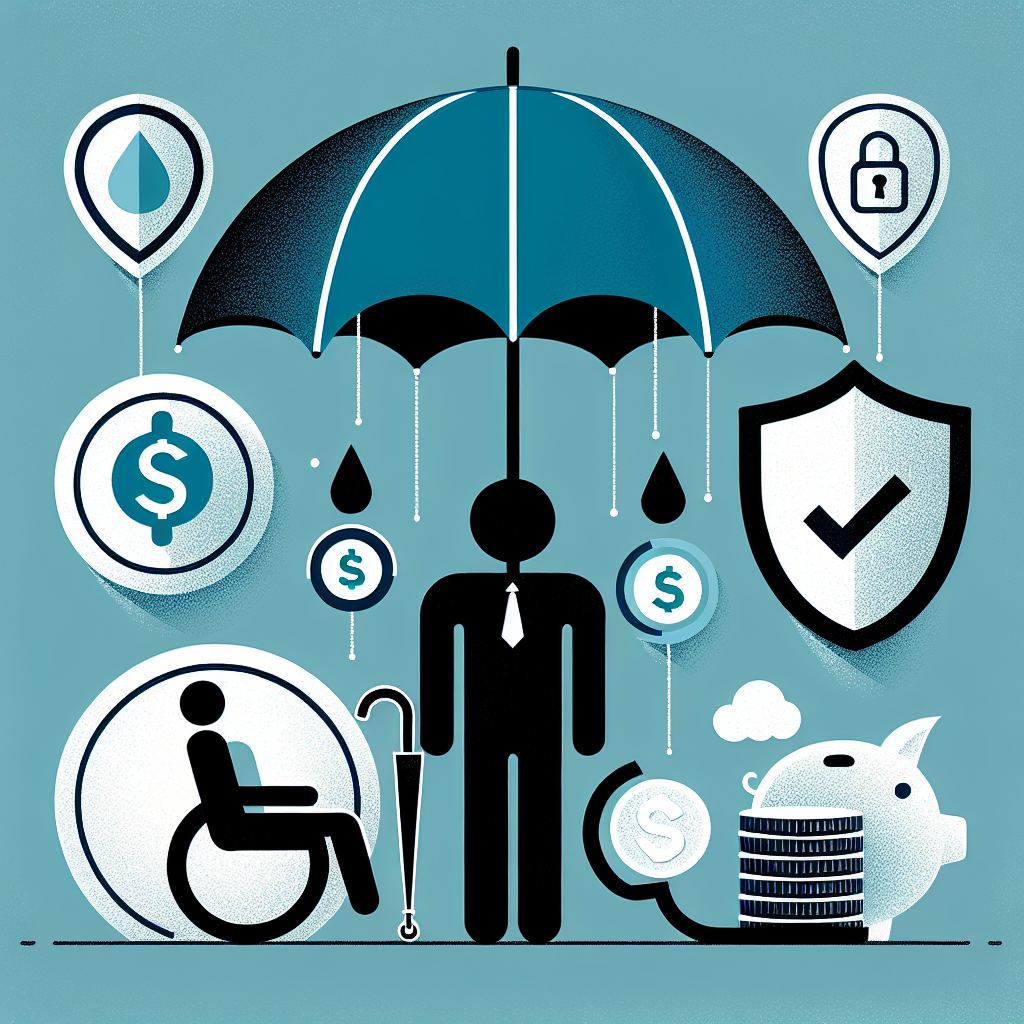Filed under Home Insurance on
Essential Recommended Home Insurance Coverage Guide

Home insurance, a critical component of financial planning, often seems daunting with its myriad options and terminologies. Understanding essential recommended home insurance coverage can help homeowners safeguard their most valuable asset – their home. This guide aims to demystify the complexities, helping you choose the best protection for your needs while securing peace of mind.
Understanding Home Insurance Basics
Home insurance provides coverage against potential risks and incidents that could lead to significant financial loss. It typically offers protection against damages to your home and belongings and liability coverage should someone get injured on your property. Grasping the essential recommended home insurance coverage options can simplify decision-making and protect you more effectively.
Types of Home Insurance Policies
There are several types of home insurance policies, each tailored to different homeowner needs:
- HO-1: The most basic form, usually covering specific perils like fire and theft. It's less common today due to limited coverage.
- HO-2: Broad coverage against 16 named perils, including everything from frozen pipes to volcanic eruptions.
- HO-3: The most popular choice, offering comprehensive protection for homes and belongings except perils listed as exclusions.
- HO-5: Offers the highest level of coverage, including all perils unless specifically excluded.
Key Components of Essential Home Insurance Coverage
Essential recommended home insurance coverage includes several critical components, ensuring comprehensive protection:
- Dwelling Coverage: Protects the physical structure of your home, including walls, roof, and built-in appliances, from covered perils.
- Personal Property Coverage: Extends protection to your personal belongings, like furniture and electronics, whether they're damaged at home or elsewhere.
- Liability Protection: Covers legal expenses and settlements if someone is injured on your property and you are found legally responsible.
- Additional Living Expenses (ALE): Helps cover temporary living costs if your home is uninhabitable due to insured damages.
Exploring Additional Coverage Options
Beyond essential recommended home insurance coverage, homeowners can supplement their policies with additional options for broader protection:
Flood Insurance
Standard home insurance often excludes flood damage. Given the increasing frequency of flooding and climate change impacts, purchasing separate flood insurance is wise, especially if you live in a high-risk zone.
Earthquake Insurance
Like floods, earthquakes are typically not covered under standard policies. Regions prone to seismic activities should consider this insurance to cushion against catastrophic losses.
Personal Umbrella Policy
If you have significant assets, an umbrella policy extends liability coverage beyond standard limits, protecting you from large claims or lawsuits.
Scheduled Personal Property Coverage
For high-value items like jewelry, art, or rare collectibles, this additional coverage ensures their protection at their appraised value, beyond the limits of standard personal property coverage.
Identity Theft Protection
In an era where digital threats loom large, mitigating identity theft damage through specific insurance can be a prudent measure, covering loss recovery services and sometimes legal expenses.
The Significance of Adequate Coverage
Securing the right amount of insurance is vital to ensure you’re not left with sizable out-of-pocket expenses. Underinsurance remains a common issue, leaving many homeowners vulnerable after a loss.
Recent studies indicate that a significant number of homeowners are uninformed about their coverage limits, leading to gaps. As home values and construction costs soar, revisiting and updating coverage annually is advised to reflect current replacement costs.
Market Trends and Predictions
Key industry trends emphasize the need for comprehensive understanding and timely adjustments in policies:
- Rising Climate-Related Claims: Natural disasters are on the rise, translating to increased claims and the necessity for reviewing and potentially expanding coverage.
- Insurance Technology Innovation: Companies are leveraging technology to offer customized options tailored to specific homeowner needs, easing complex decision-making.
Expert Opinions and Insights
Industry leaders underscore the importance of being proactive in reviewing policies. John Smithson, a veteran insurance advisor, suggests:
"With changing times, keeping abreast of your insurance policy is crucial. Essential recommended home insurance coverage should be a dynamic part of your financial strategy, adapting to your evolving needs and external factors."
Practical Tips for Homeowners
To optimize your home insurance experience, consider these expert-endorsed strategies:
- Regularly inventory your possessions for accurate claims processing.
- Consult with an insurance advisor annually to adjust policies.
- Explore discounts for bundling policies or securing your home with anti-theft systems.
Conclusion: Safeguarding Your Home
Home insurance isn't merely a requirement; it's a shield against life's unpredictabilities. By understanding essential recommended home insurance coverage and leveraging additional options, you ensure your home’s security against multifaceted risks. Engaging with these protective measures helps alleviate financial burdens, offering peace of mind in knowing your home, possessions, and even liabilities are protected.
Remain vigilant and proactive in tailoring your insurance to match both personal and market changes. In doing so, you'll transform your insurance policy from a mere necessity into a bespoke safeguard, tailored to your unique lifestyle and peace of mind.





